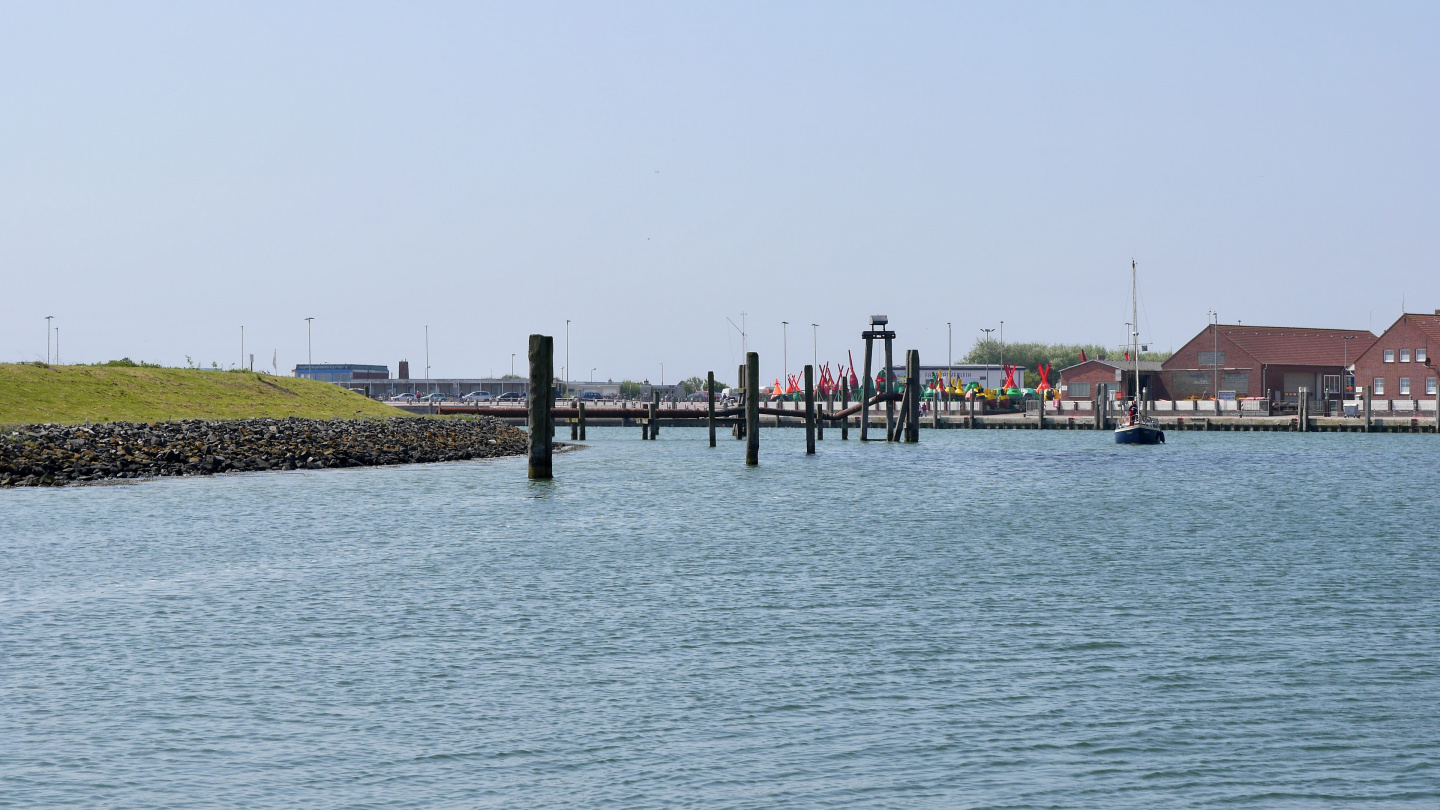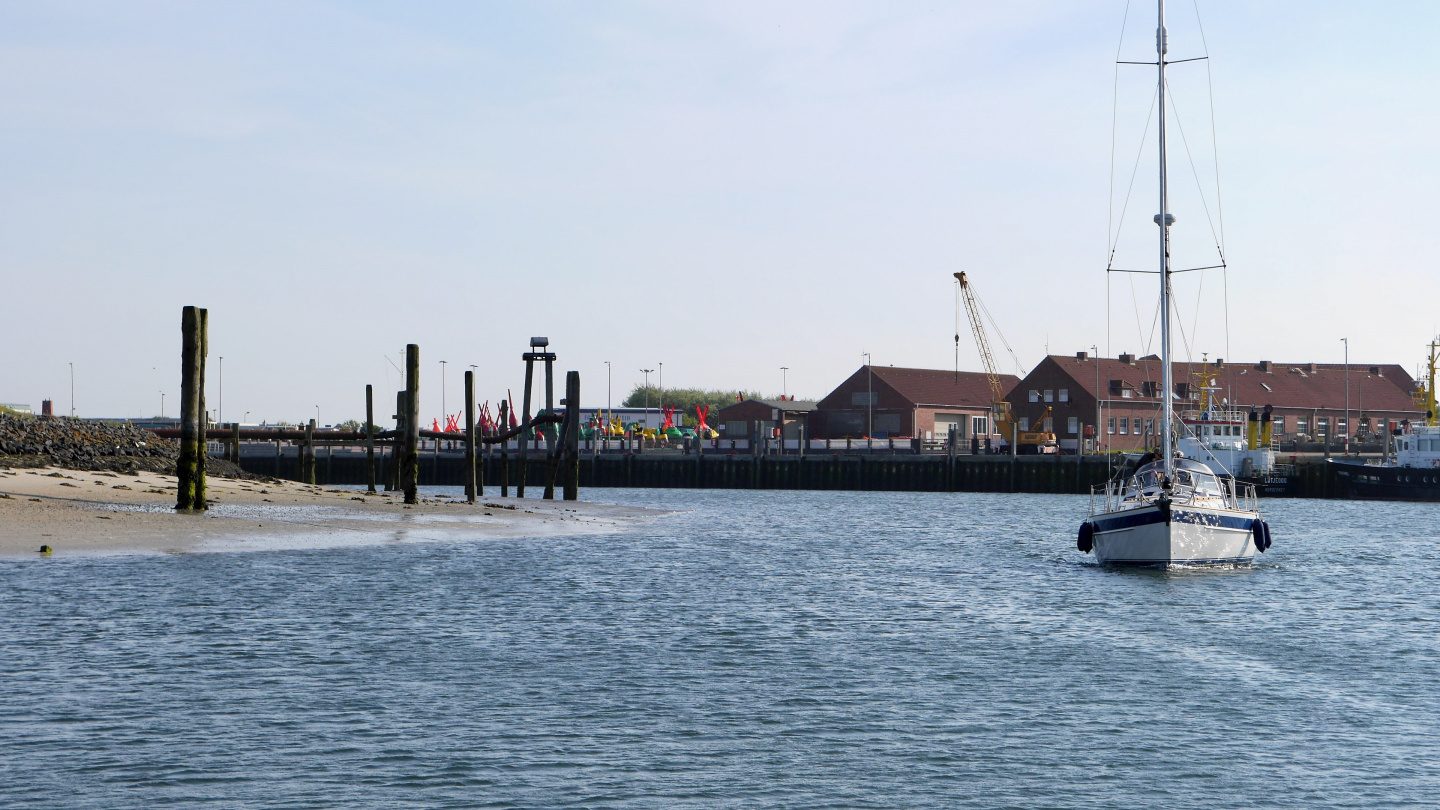On Tuesday the wind which had been blowing all the weekend for 25 knots dropped and on our sail from Helgoland to Norderney it was 12 – 15 knots anymore. Even if in the north wind we had to wear the beanies, the sailing was quite a perfect. We left Helgoland with the following wind and used gennaker all the way until to Dovetief on the Northern side of Norderney. The gennaker is definitely our favourite sail because Suwena goes so proudly and silently that it is so relaxing.
We have in Suwena a Nord Sails G3 gennaker that is a downwind sail. However, we have noticed that it also works upwind until the wind angle of 60 degrees. Correspondingly it is not as good as spinnaker on the dead run downwind because with the wind directly behind of us it has a tendency to collapse. We were sailing with the speed of 7.5 knots towards Norderney at 60 degrees apparent wind angle. In addition we could add another knot from current and the journey was soon behind us.
Mike from Rumbalotte had a tip that the police can give on the spot fines if the traffic separation schemes on the North Sea coast are crossed in prohibited places. He told that some sailors have got a 1000 € ticket. The traffic separation schemes (TSS) are always marked into the charts and pleasure boats can usually cross them with a bow at perpendicular to the lanes. However, at Terschelling-German Bight TSS between the rivers of Ems and Jade all the crossings by boats are prohibited. The ban is marked to Imray chart as a text notice so the charts should be carefully studied before going to the sea.
The depth of eastern Dovetief channel is only 3.1 metres during the low water. Respectively on the western approach called Schluchter the depth is even less, 2.6 metres. Currently there is a recommendation to keep close to the red buoys. Unbelievable how close to shore are the red buoys. In the boat we were busy with following the buoys. Later while walking on a shore we were amazed about that the buoys were located really close to the beach.
As the sea gets shallower near the coast, for example from 20 to three metres in front of Norderney, the waves will come to the surface. Thus it is not recommended to approach Norderney in any northerly winds with a strength over the force 5.
The depth of all channels between the German Frisian islands are sounded regularly and the location of the buoys can be moving to different place compared to the charts. Latest results can be found from a Wattenschipper page.
When we were entering to the Norderney marina, the friendly harbourmaster came out to show us a berth. Many arriving yachts tried to use berths which would be too shallow at the low water. Harbourmaster seemed to take good care of all the visiting yachts by directing them to suitable places.
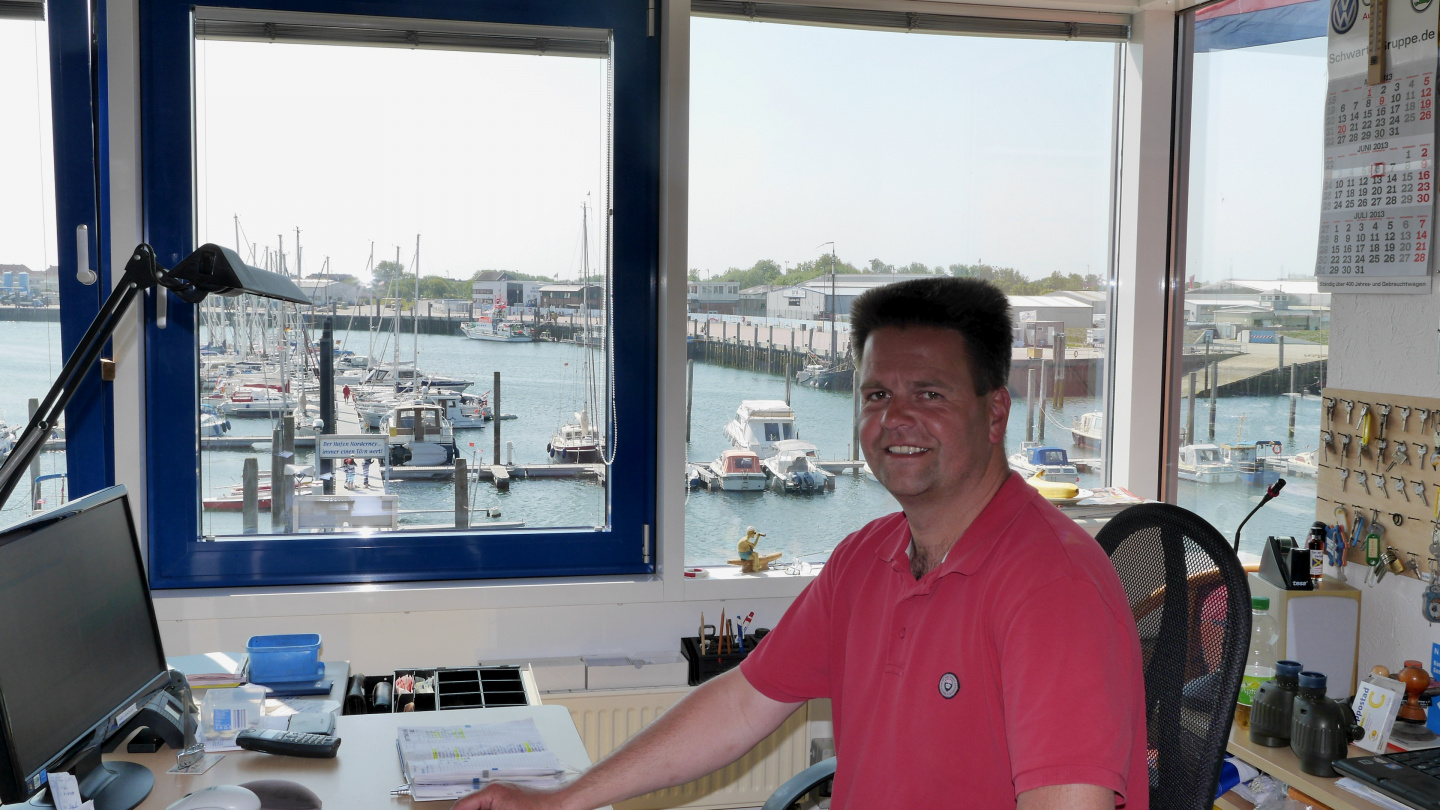
Norderney is a holiday resort and it is especially popular among the seniors. This was clearly seen in the lively vacation life scene in the town centre. Tourism was present also in the prices of the restaurants. Until now, even in both Hamburg and Helgoland, there were a plenty of dishes between 10 and 15 euros. Here we had to look at the next ten euros. We however found a really cozy restaurant in a opposite direction from marina to centre which was offering delicious Greek food. The prices were reasonable and even included a shot of Ouzo for an aperitif.
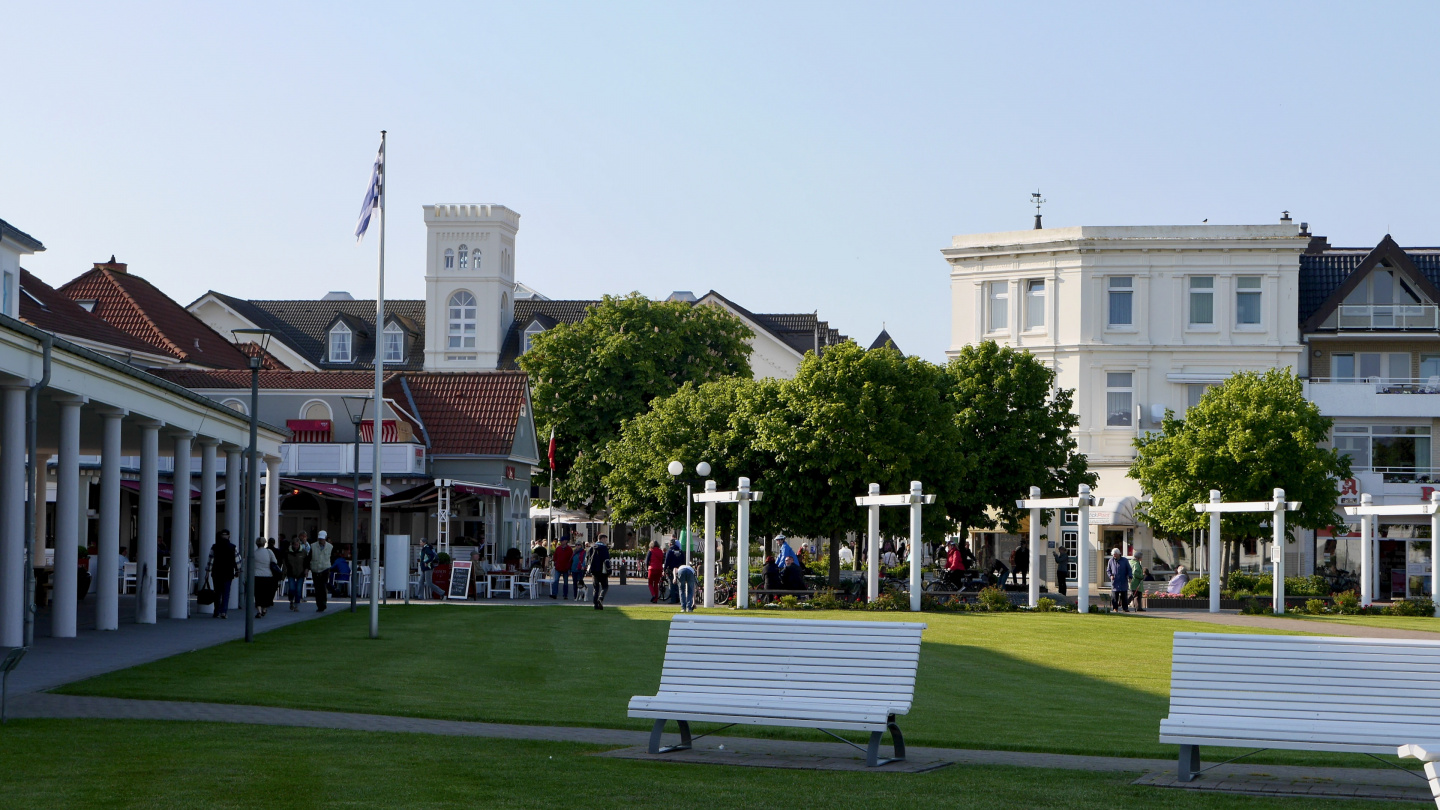
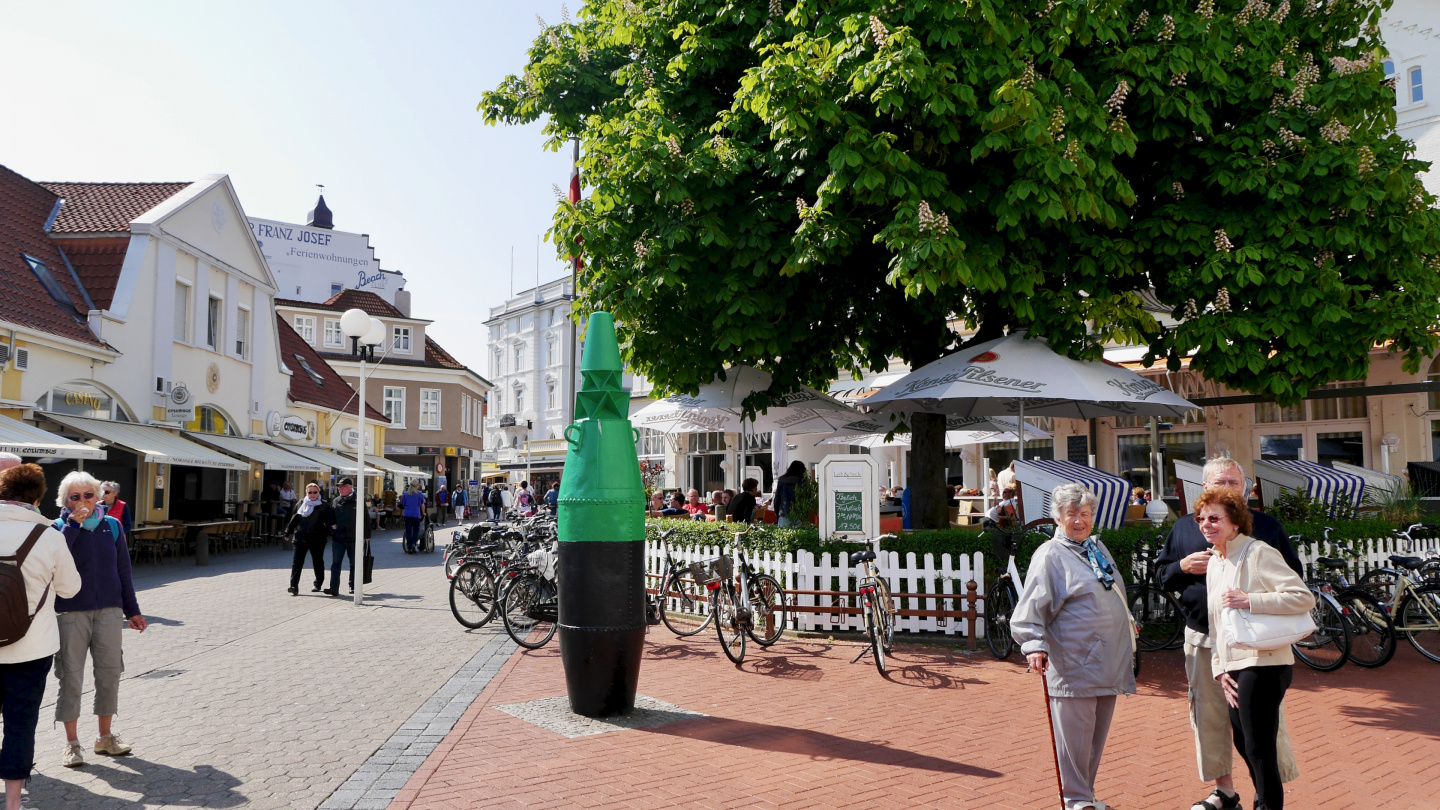
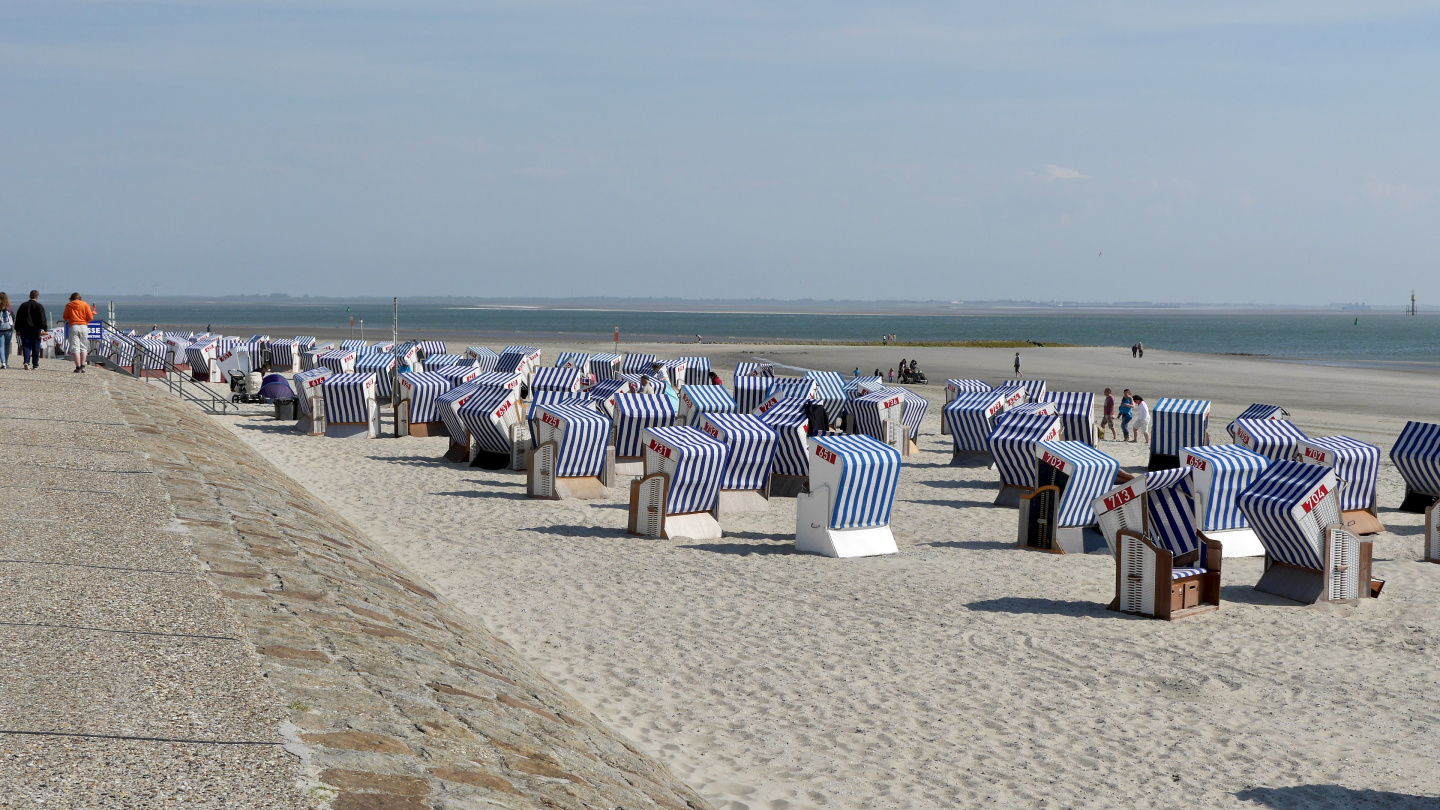
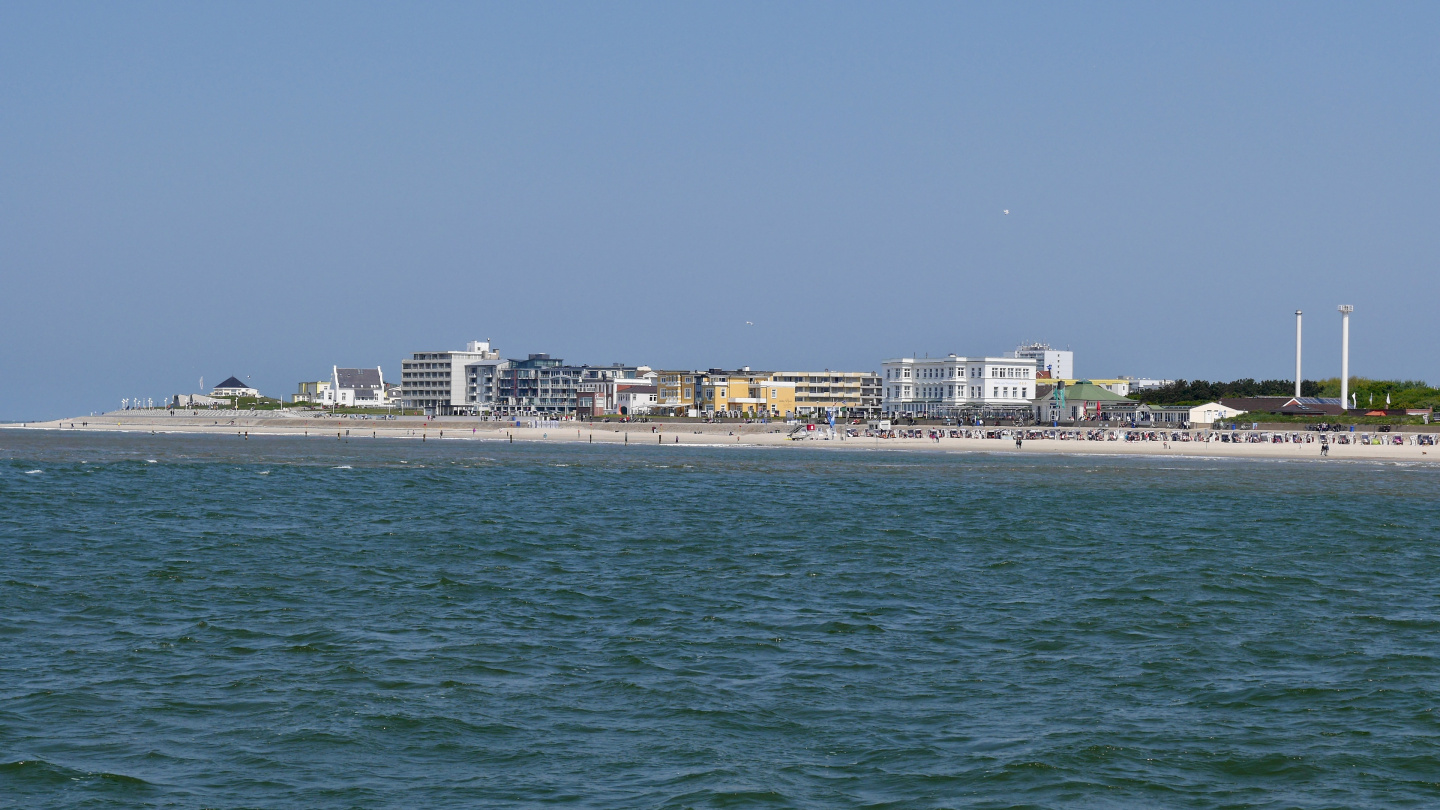
As we have grown up by the Baltic Sea we are still amazed by a tide. How the same harbour can look so different compared to low and high water. During the low tide we really need to descend steeply to the pontoon pier. Few hours later the same bridge is at a much shallower angle. The non-tidal Baltic Sea must be similarly strange to sailors from tidal waters as the water level does not change at all.
